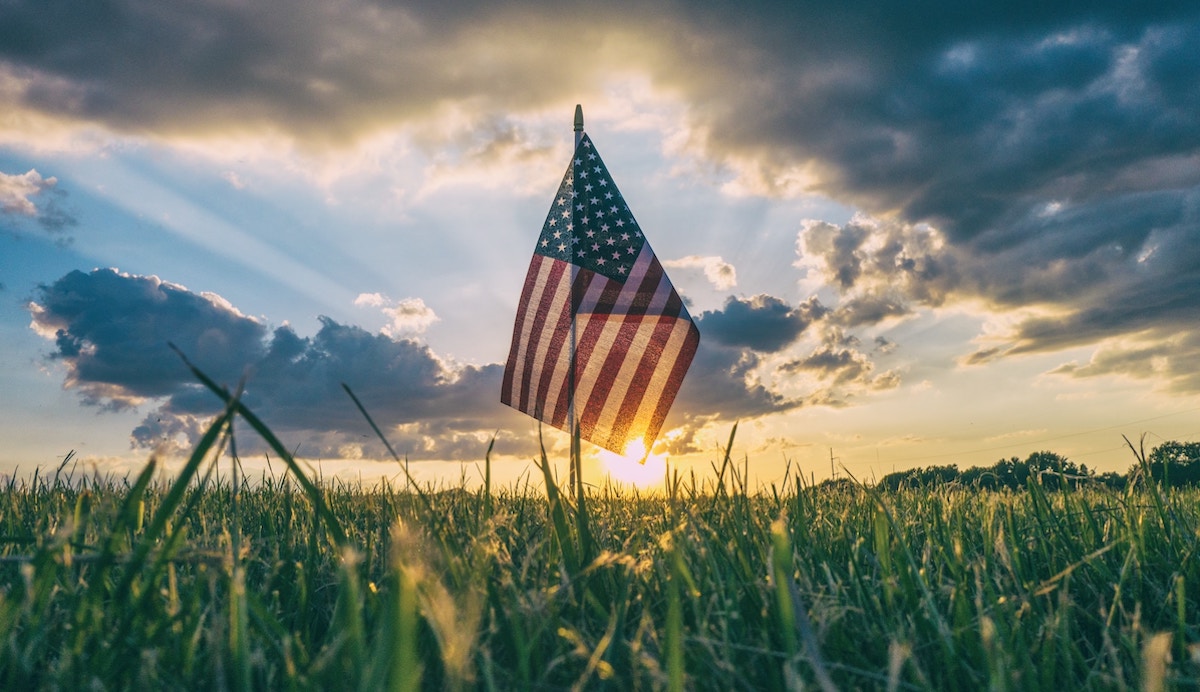If you’re reading this outside the USA – particularly if you’re in, say, Europe – the idea that there are only six major holidays that Americans get off from work is absurd. We don’t have bank holidays, and even the six major holidays are not guaranteed as time off, particularly for those who work in retail.
But that’s a tangent in the first paragraph. What we’re really here to talk about is one of those six holidays: Independence Day, aka the Fourth of July.
It’s obviously an important holiday: It’s the only one that falls in the summer, meaning it’s (arguably) the best-weather holiday on the calendar, which is a cause for celebration on its own. Fireworks, barbecues, swimming, beaches, baseball – everything about summer manages to roll into this one day. And it almost didn’t, because the real holiday probably should’ve been July 2nd.
Without doing a full-fledged summary of the Continental Congress, let’s just say there was a lengthy push for independence, reaching a crescendo in 1776. While today we think that this culminated in the ratification of the Declaration of Independence on July 4th, the heavy lifting was effectively done by that point.
The Lee Resolution (not the Lee you generally associate with early American history; this was Richard Henry Lee of Virginia, no relation to Charles Lee, who you might know from Hamilton!) was a formal assertion passed by the Second Continental Congress on July 2, 1776. It stated, with no uncertain terms, that “all political connection between [the colonies] and the State of Great Britain is, and ought to be, totally dissolved.”
This was formally proposed on June 7. In the ensuing three weeks, advocates for independence lobbied hard to build support, and a committee was formed to create a formal declaration – which you may know or remember included Thomas Jefferson, who famously wrote most of it – and this was presented to congress on the 28th of June.
That brings us back to July 2: The vote was postponed until this day due to South Carolina stalling before ultimately voting yes. On June 2, 1776, 12 of the 13 colonies approved Lee’s resolution of independence, with New York abstaining (due to a miscommunication, it seems). And with that, the colonies had declared independence. End of discussion.
The Pennsylvania Evening Post reported the following: “This day the CONTINENTAL CONGRESS declared the UNITED COLONIES FREE and INDEPENDENT STATES.” Further papers reiterated the headline the following day. This was it. Freedom. Independence. No more Britain.
John Adams wrote a letter to his wife Abigail on the third, saying, “The second day of July, 1776, will be the most memorable epoch in the history of America… It ought to be solemnized with pomp and parade, with shows, games, sports, guns, bells, bonfires, and illuminations, from one end of this continent to the other, from this time forward forever more.”
That’s high praise. And frankly, he was dead-on with his assessment of how the day would be celebrated; he was just wrong about which day.
The usage of the fourth instead of the second came to light mainly because the actual Declaration of Independence has the date listed as the fourth in huge script atop the page. But did anything actually happen on the fourth of July? It’s hard to say: Jefferson, Adams, and avid fart enthusiast Ben Franklin wrote that everyone signed the declaration on the fourth, but historians don’t buy it. Most historians agree (per numerous sources) that the document was actually signed on August 2.
But the heading was enough. Celebrations in 1777 took place on the fourth and the rest was history. So if you ever want to be a holiday hipster, just tell people that real ones know independence actually came on July 2nd.
